Buddhism is understood to be a religion of peace, with Buddhists being humble and kind and appreciative of the small things in life. Buddhism is also known to be one of the most prominent religions practiced in Japan and has been for centuries.
When traveling through Japan, you can find many opportunities to interact with a Buddhist monk, being that there are so many temples and shrines to visit throughout the country.
Learning about the life of a Buddhist monk is truly fascinating, even if you don’t have the opportunity to visit Japan and explore a local temple.
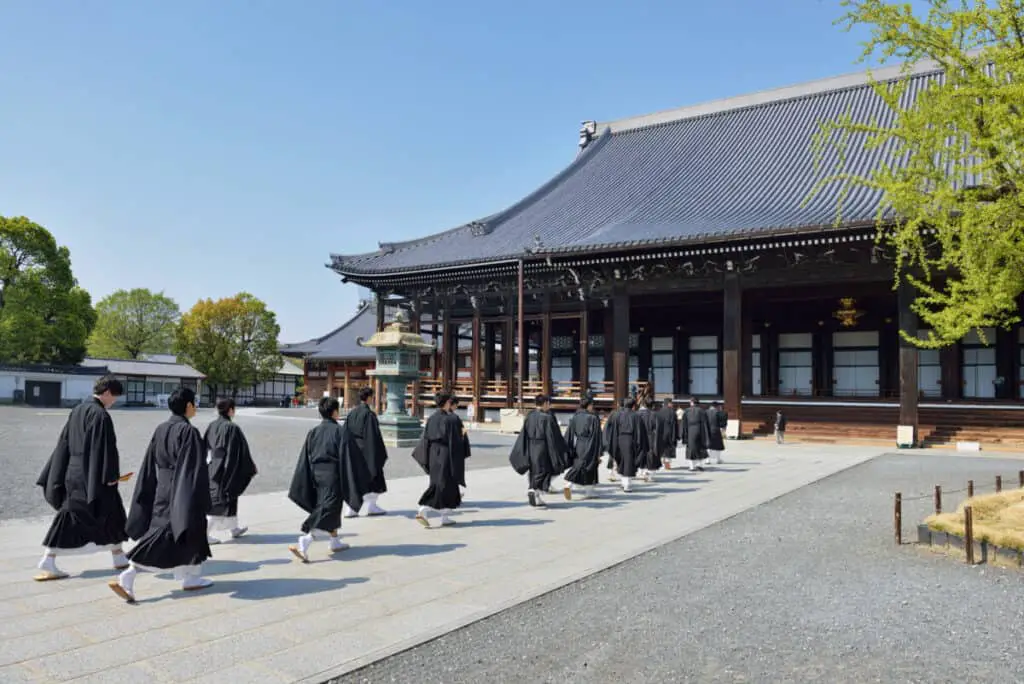
What Exactly Is Buddhism?
Buddhism is a religion based on the teachings of the Buddha, also known as Gautama Buddha.
A Buddhist aims to reach enlightenment through following what is known as the path to liberation, and the ultimate goal is nirvana, which is the highest form of enlightenment.
There is much more to the religion, which has a series of rules and practices that focus on key tenets, or truths, such as meditation, rising above conflict and suffering, and thinking beyond yourself.
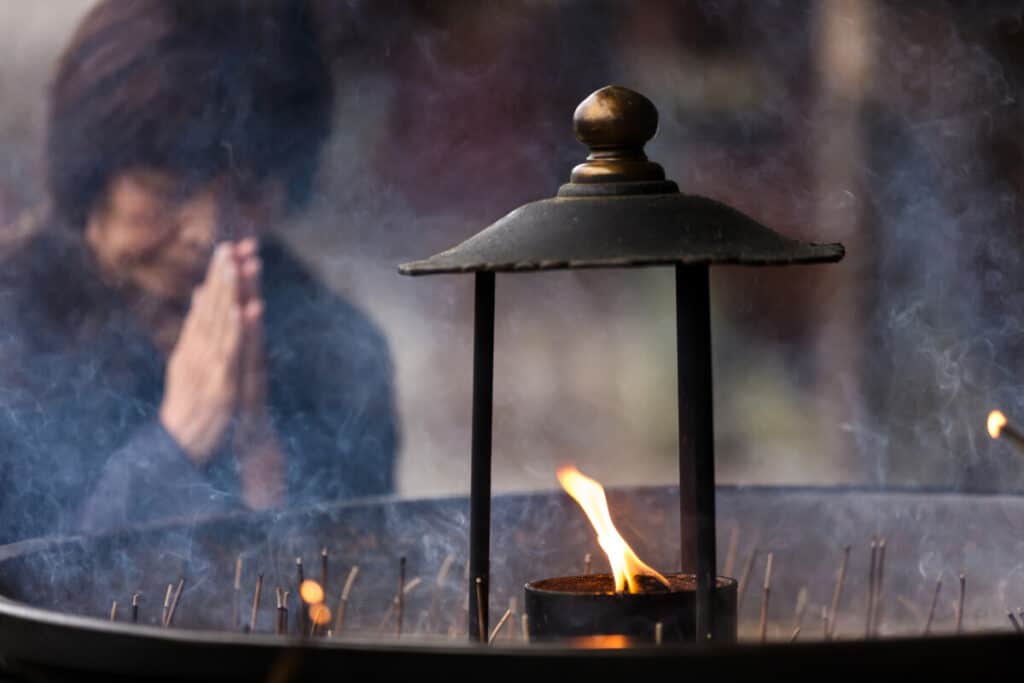
What Is The History Of The Buddhist Monk?
Gautama Buddha was responsible for establishing an order of Buddhist monks and nuns, many of whom were previously ascetics, or people who practiced deep religious devotion apart from society.
Buddha brought these people together around the fourth and fifth centuries BCE.
At this time, some groups of monks, or sangha, would usually travel around with other monks and stay just on the edge of the town or the village they were near.
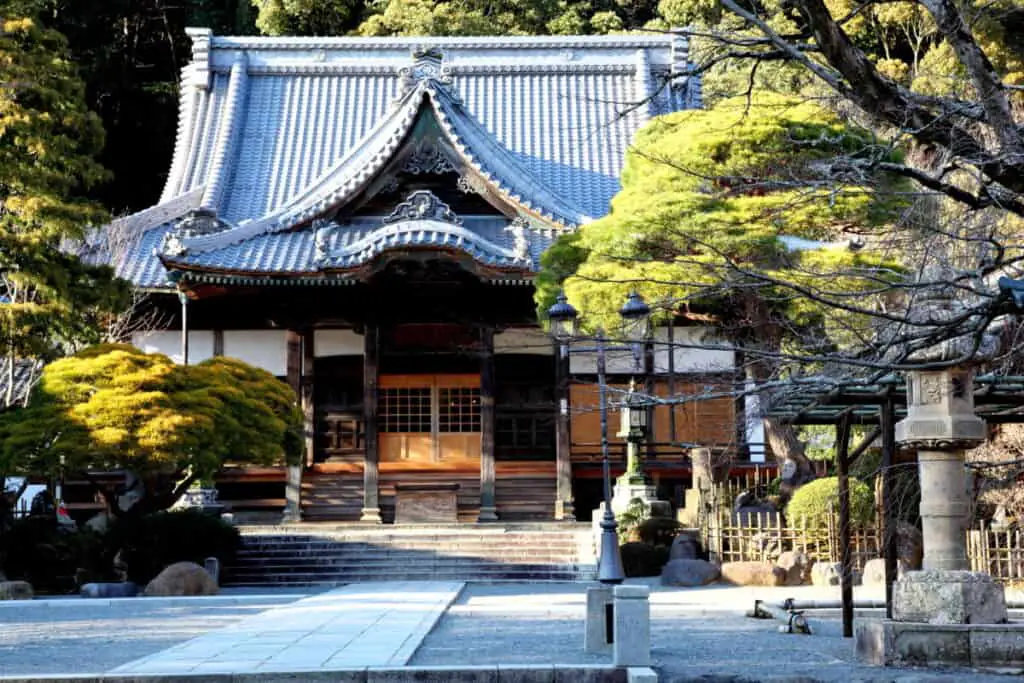
Some would teach local people about Buddhism in exchange for food and other basic necessities.
When Buddha reached parinirvana, or passed away after reaching nirvana, monks continued to live in different communal settings.
Monasteries also expanded, offering more places for monks to reside. For the longest time, monasteries were mainly located in Asia, but over the last couple of centuries, monasteries have been spread out over other continents.
How Do You Become A Buddhist Monk?
Both men and women can become monks in Japan. A male monk is known as bhikkhu, and a female monk is known as a bhikkhuni.
When a person is interested in becoming a Buddhist monk, they will start out as a novice. They will typically live among other monks and be able to observe what life is like as a monk. A novice is known as a samanera.
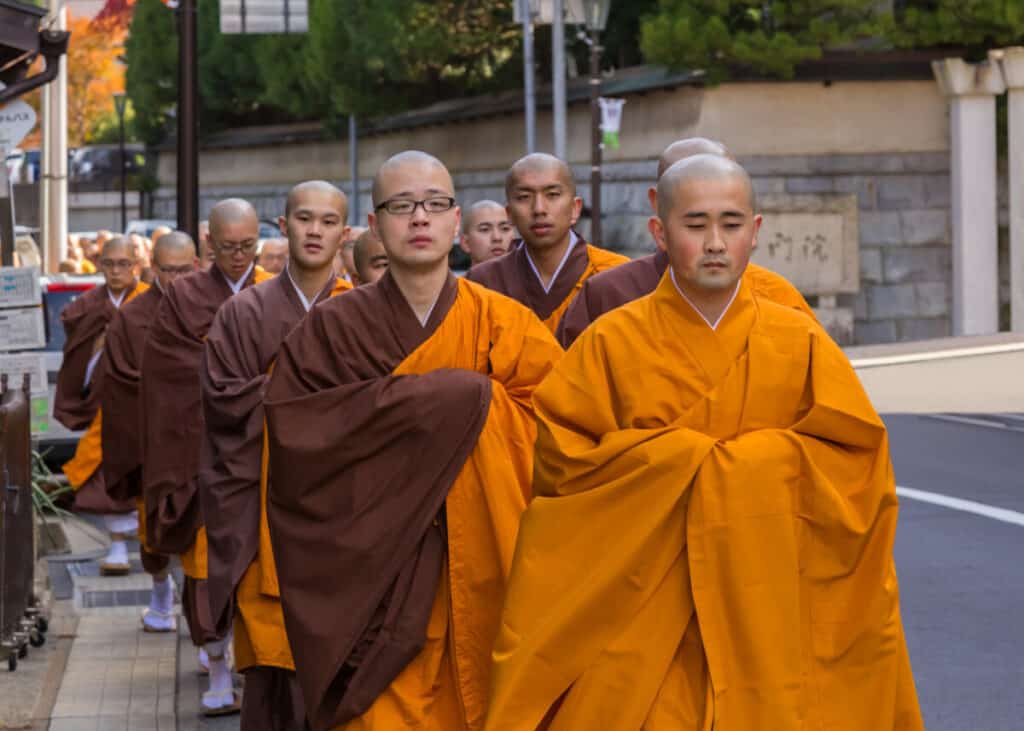
While there isn’t a certain amount of time one must remain a samanera, but one cannot reach the next step in becoming a monk until they are at least 20 years old.
Once a monk is ready, they will go through a process called upasampada, which is where they renounce lay life and devote themselves to Buddhism.
Female monks have to undergo samanera for five years before they are able to go through upasampada.
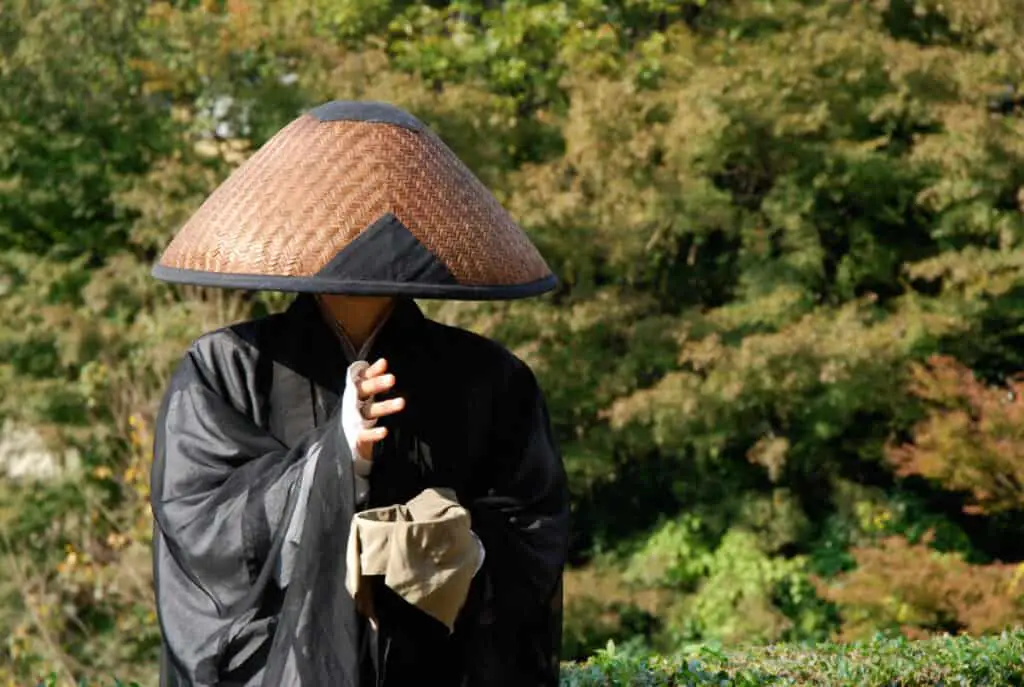
A monk agrees to follow the rules of Pratimoksa, which determines how a Buddhist monastic, or a monk, must operate in their lives going forward. A female Buddhist monk is often referred to as a nun.
While the terminology differs between different Buddhist ways of life, the general practice of becoming a monk is very similar between them.
What Are Some Of The Pratimoksa Rules?
There are different Pratimoksa for those who are Buddhist but are not monks, those who are monks in training, and those who have undergone upasampada.
The rules for male and female monks are a little bit different. Rules also differ depending on the way of life a monk follows, or their vinaya.
There are hundreds of vows that a monk or nun will be expected to take. Over the years, some of the vows have become voluntary, while others are considered mandatory.
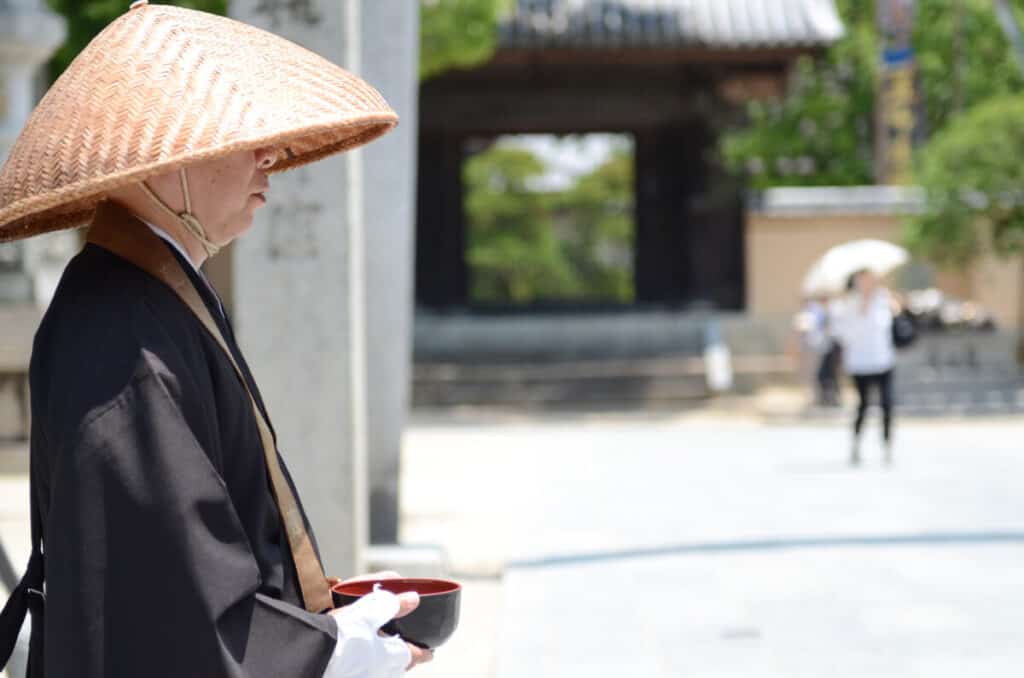
Some of the general vows a monk will agree to include consuming a vegetarian diet, engaging in meditation, taking a vow of celibacy, and the wearing of certain types of robes depending on where they are in the journey to become a monk.
Some of their other vows that govern the way a monk is expected to live, include vowing to avoid anger and ignorance, as well as vowing to do good by others and to be compassionate towards others.
Why Do Some Monks Follow Different Rules Than Others?
There are three different ways of monastic life that are practiced today by Buddhist monks, which are also known as vinaya.
These three traditional sets of rules are known as Theravada, Dharmaguptaka, and Mulasarvastivada. Much of what determines what vinaya a monk will follow is the region they live in.
A Buddhist monk is expected to follow the core tenets of Buddhism, which focus on how to practice a humble life with good morals and good character.
They are also able to offer teachings to others in exchange for things like food and clothing materials. They do not live with a lot of material things.
What Are Some Typical Things Buddhist Monks Do Each Day?
Once again, a Buddhist monk’s day will consist of some different activities depending on where they live and which vinaya they practice.
Many Buddhist monks will wake up pretty early in the morning, between 3 and 5 a.m., to get their day started. They typically go to bed quite early as well.
A Buddhist monk will usually engage in sitting meditation at some point in their day. This type of meditation is different from what non-Buddhists practice, in that it is less about trying to de-stress and is more about gaining self-awareness and clearing your mind.
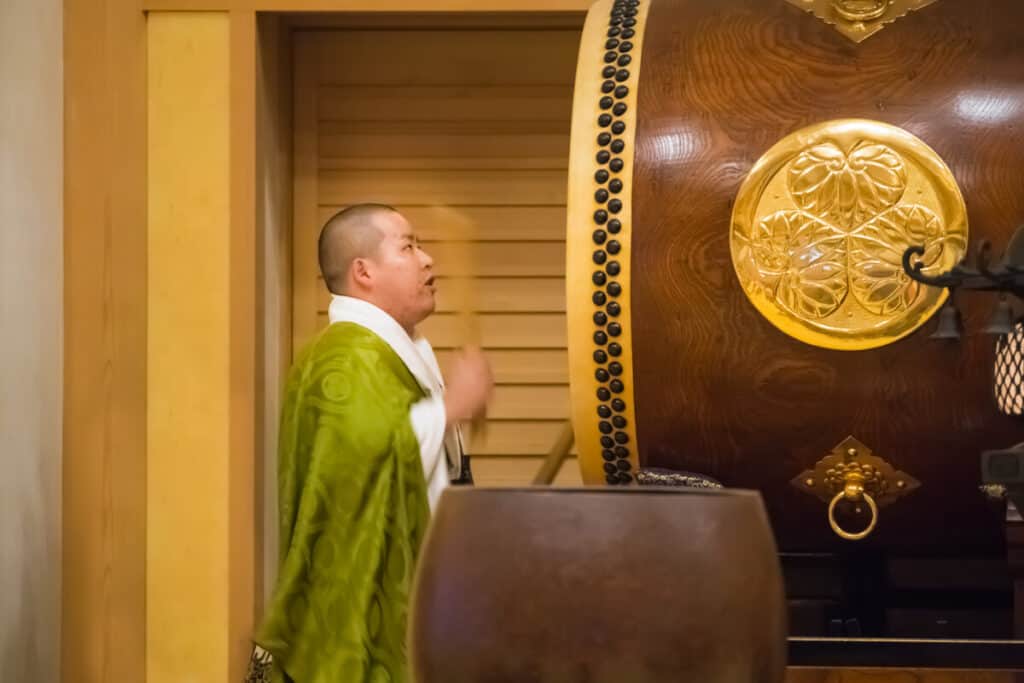
There is a very specific way that they are expected to sit, there are breathing techniques that are practiced, and even ways to position their hands. The practice of sitting meditation, or zazen, takes a lot of self-discipline.
Some Buddhist monks will also teach others about Buddhism, as well as allow for laypeople to engage in some of their traditional activities.
There are many ryokans in Japan that allow you to stay with Buddhist monks, or spend a day with a Buddhist monk to dine with them and learn more about their way of life.
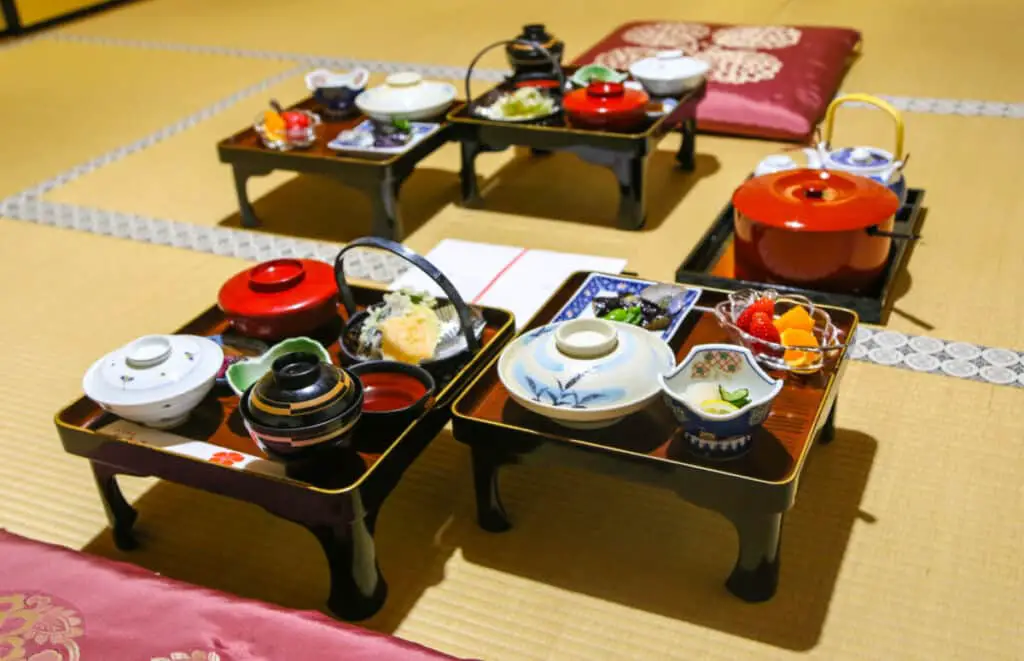
A Buddhist monk will also usually spend some time in the temple praying and reciting mantras or sutras. Some monks might also travel into their nearby village and exchange teachings for food or materials for clothing.
Some may simply help maintain the gardens and landscape surrounding their temple, or just enjoy the bounty of nature in their area.
What Is The Quality Of Life For Monks In Japan?
A typical Buddhist monk is quite happy and content with the life they have been called to. While it is somewhat frowned upon, a monk can renounce their vows if they no longer wish to practice the way of being a Buddhist monk.
They also have the ability to come back to being a monk after they have renounced it.
A Buddhist monk has little in the way of personal possessions and typically does not have a source of income.
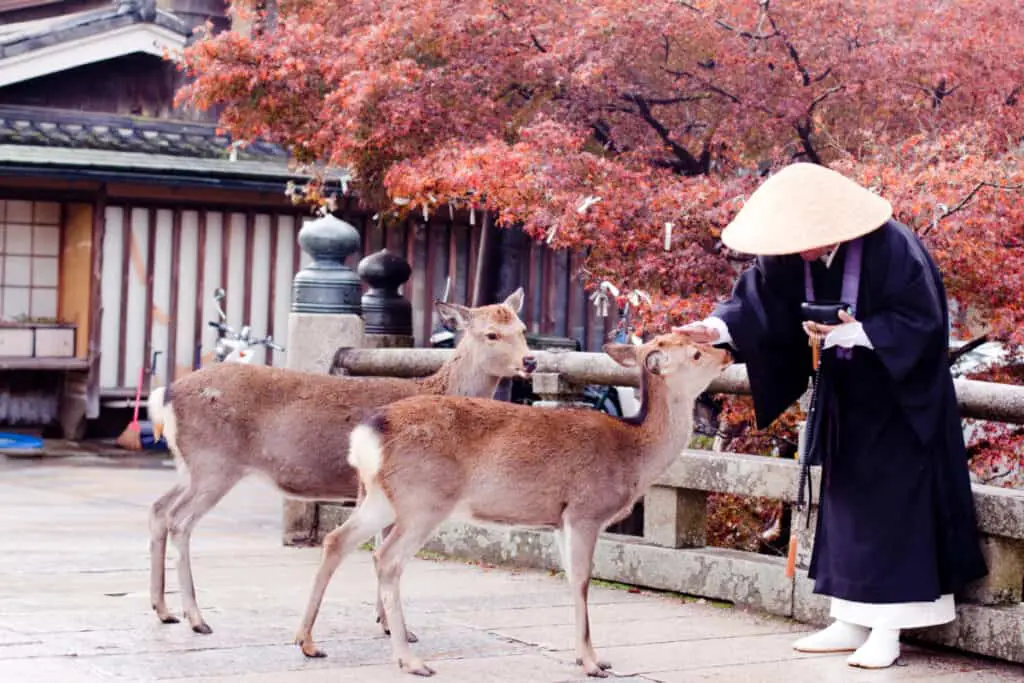
They rely on their community to assist them with basic needs, and most communities are more than happy to oblige. A Buddhist monk will find fulfillment in prayer and meditation and their personal journey to reach nirvana.
There are hundreds of temples, shrines, and sacred places throughout Japan, many of which might offer the opportunity to meet a Buddhist monk if you get the chance to visit them.
Buddhist monks in Japan also often speak with tourists and offer tours or lessons to tourists in exchange for alms, which is usually a small amount of money that they might use for food.
Is It True That Many Buddhist Monks Are Very Happy?
It is often said that you will recognize a Buddhist monk because of their large, genuine smiles. It’s not surprising that a Buddhist monk tends to be so happy, because their priority is to live a peaceful and happy life in service of Buddha.
Many of their vows also focus on reducing unpleasant emotions and feelings such as anger and jealousy.
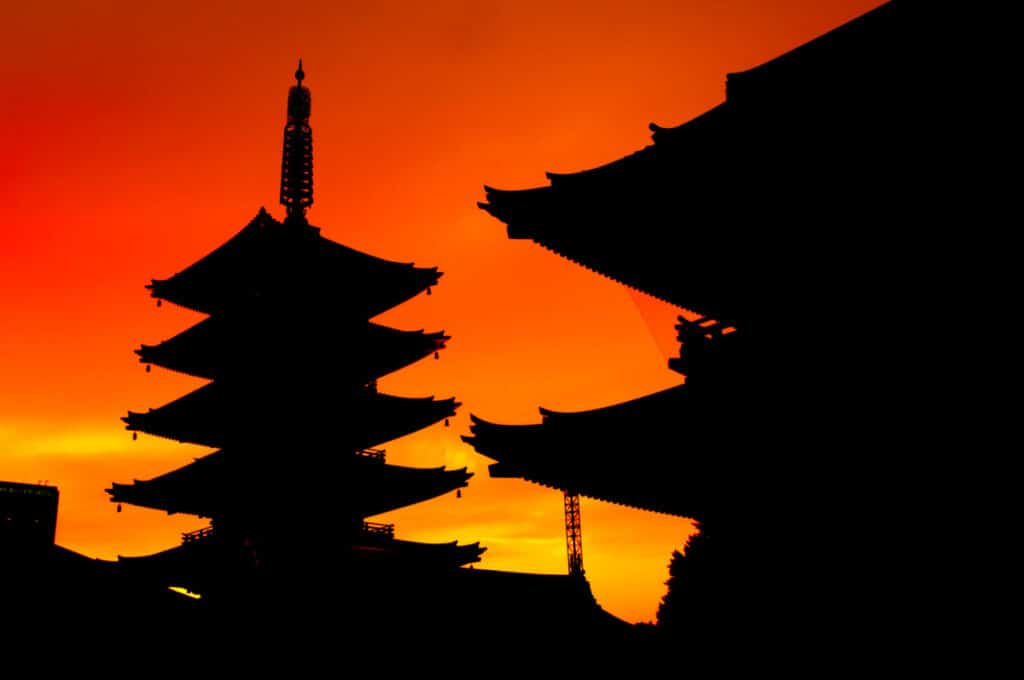
Furthermore, their meditation practices allow them to mindfully clear their head, become more in tune with their thoughts and their bodies, and learn how to be satisfied by the present moment.
By having the time to practice these things based on the way they’ve chosen to live their lives, it’s not surprising that they are often quite happy and kind towards others.










